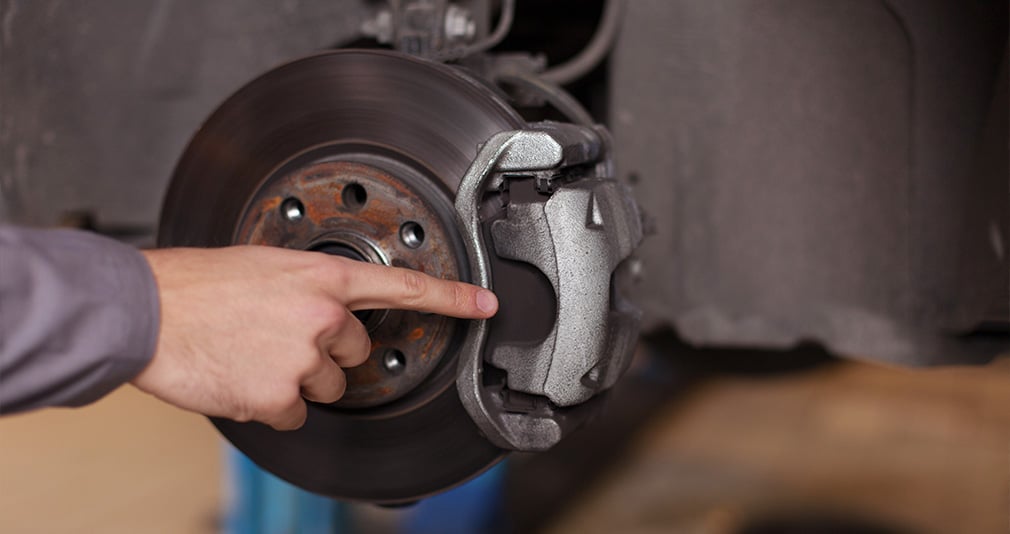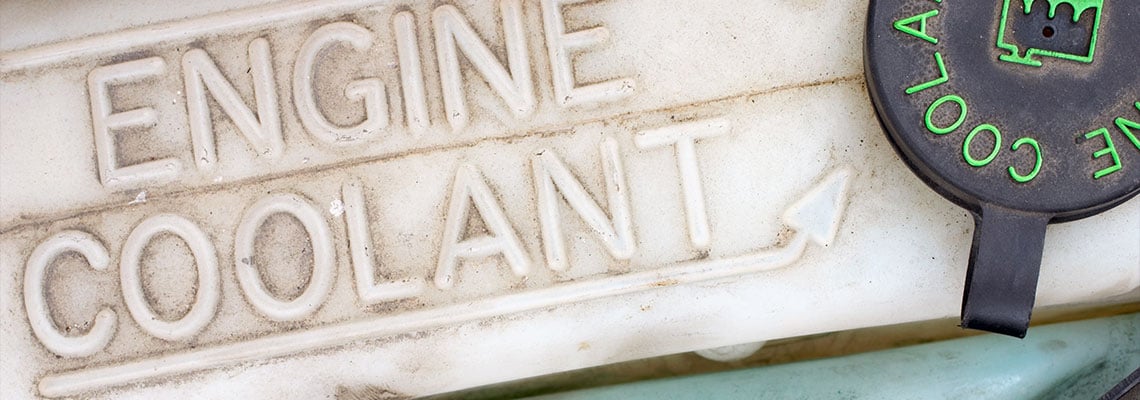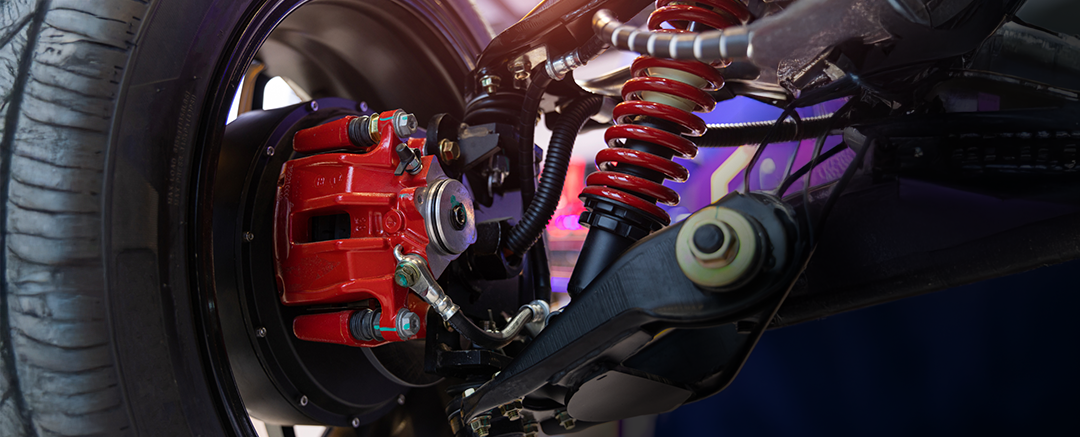Your car’s brakes are the first line of defense against a dangerous situation while driving. In fact, brake failure is responsible for 22% of car accidents in the US each year. That’s why it’s so important to bring your vehicle in for repair as soon as you notice any grinding, squealing or softness while braking.
Considering how expensive brake repair or maintenance can be, it’s tempting for many drivers to try and save money with cheap brake pads. Learn more below about the difference between cheap and quality brake pads — and why it’s not worth the money to skimp.
What Are Brake Pads?
Your brake system is made up of several coordinating components that work together to safely stop your car when you press down on the brake pedal. Most cars have a hydraulic system that uses fluid to transfer the pressure applied to the pedal to the brake. The rotor, which is bowl-shaped and attached to the wheel, takes kinetic energy and turns it into thermal energy, which is then absorbed and dissipated.
Brake fluid is stored in the master cylinder and moves to the calipers through the brake lines, which squeeze the brake pads against the rotors. The brake pads are made from steel with friction material attached to the surface. They press against the rotor and create the friction necessary to slow and stop a car.
Over time, the pads will wear down from being pressed against the rotors. How you drive can actually affect the lifespan on your brake pads, as well. If you’re the type of driver to constantly ride the brakes or take journeys with lots of stopping and starting, like city driving, you may need to think about when to replace your brake pads more frequently.
The Four Types of Brake Pads
Brake pad and rotor replacement costs vary depending on which variety you choose. Brake pads are available in four varieties, each with their own cost and performance differences. They are, in order of least to most expensive:
- Low-Metallic, Non-Asbestos Organic: While affordable, these brake pads are also the noisiest and produce the most brake dust, which can hinder braking performance.
- Non-Asbestos Organic: These pads are made from rubber, glass, fiber or Kevlar. They are extremely quiet, but they wear out much faster than the others and produce a lot of dust.
- Semi-Metallic: These brake pads are 30% to 65% metal, usually steel, copper, composite alloys or iron. Durable and affordable, semi-metallic brake pads are easier on the rotors than ceramic pads are, but they have poorer performance in extreme weather conditions and are louder.
- Ceramic: Ceramic brake pads are the most expensive kind, but they are also the highest-performing and quietest option. Unlike the plates in your kitchen cabinet, ceramic pads are woven through with copper strands to make them strong enough to withstand extended use.
Cheap Vs. Expensive Brake Pads
The majority of cars for purchase today have non-asbestos organic pads installed. They are designed for street driving and will perform well in your car. Plus, they are affordable, though you will be replacing them frequently.
However, if you’re looking for something cleaner and quieter, ceramic brake pads are the right choice. While more expensive, ceramic pads will last much longer and can actually extend the life of the other components of your brakes because they are so resistant to heat.
It’s important to note that because ceramic brake pads produce less friction, they take longer to fully stop a car — so big vehicles like trucks and SUVs would be better off with organic pads.
Regardless of which kind of brake pads you opt for in your vehicle, it’s important to purchase high-quality versions. Cheap brake pads not only produce a lot of dust and noise, but they also are a major safety concern.
Stay Safe on the Road With High-Quality Brake Pads
Overheated brake pads, also known as brake fade, are the most common reason for brakes to fail. Cheap brake pads react poorly to the temperature change as they cool down after use, eventually resulting in a glazed surface that forms on the brake pad and the rotor. This prevents the components from effectively gripping each other and stopping your car. The longer it takes your vehicle to fully stop, the higher risk you run of a serious car accident.
In addition, tests have shown that cheap brake pads are more unpredictable in their performance than high-quality ones. This means that on any given day, you won’t be able to rely on your vehicle stopping safely. That’s a massive gamble to take, and not one we can ever recommend.
When to Replace Brake Pads
Brake pads should be replaced every 50,000 to 70,000 miles or sooner if you’re experiencing grinding, squealing, softening of the brake when you press down or delayed stoppage. Even if you’re not sure there’s something wrong, it’s better to make an appointment as soon as you can instead of risking something bad happening while you’re driving.
Visit a trusted auto repair shop for your brake pad maintenance. An expert technician will be able to recommend the right kind of brake pad for your vehicle, keeping you and everyone else safe on the road.















